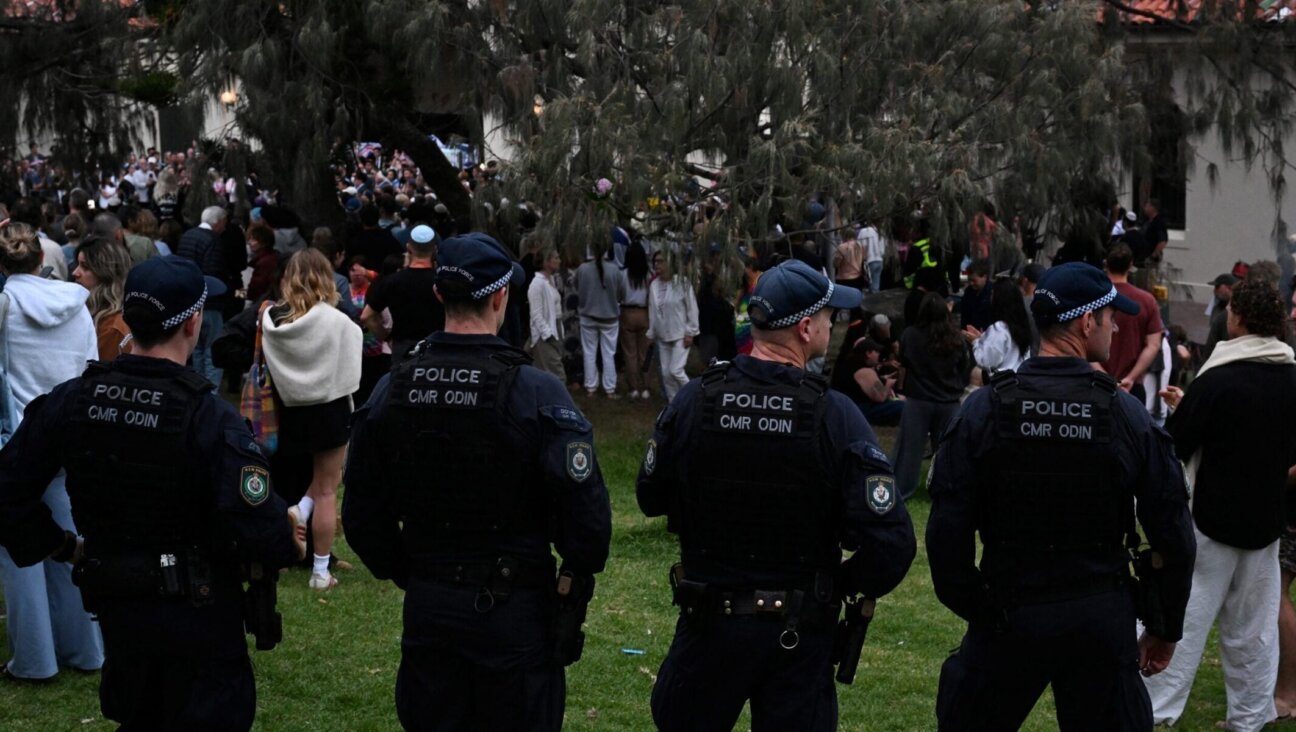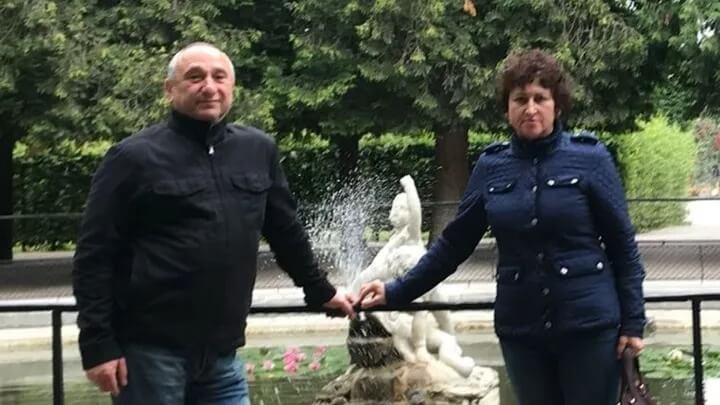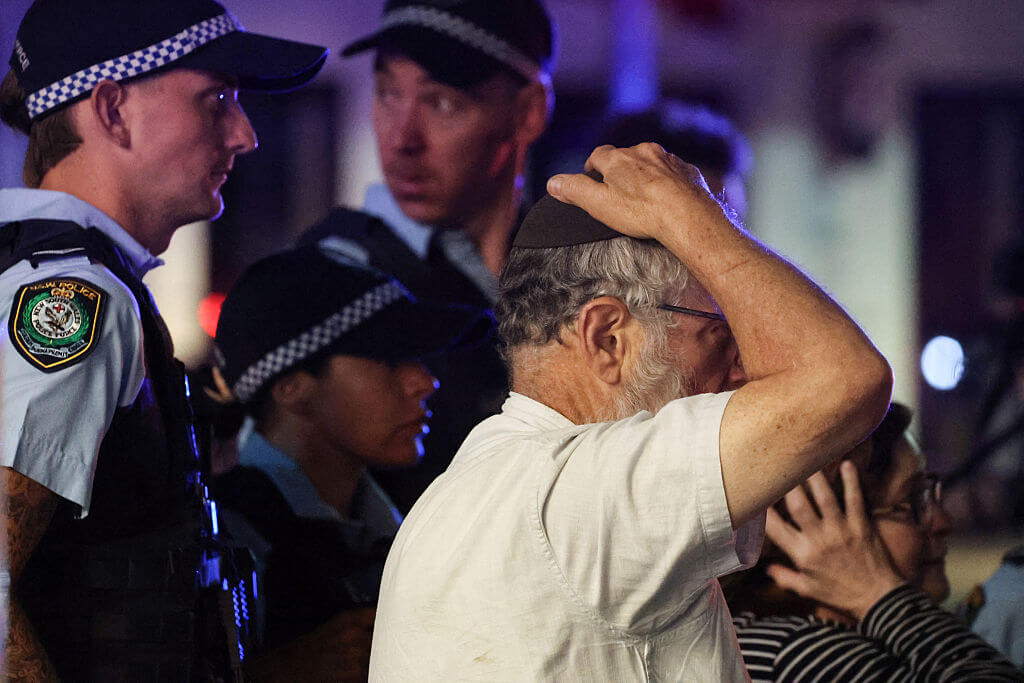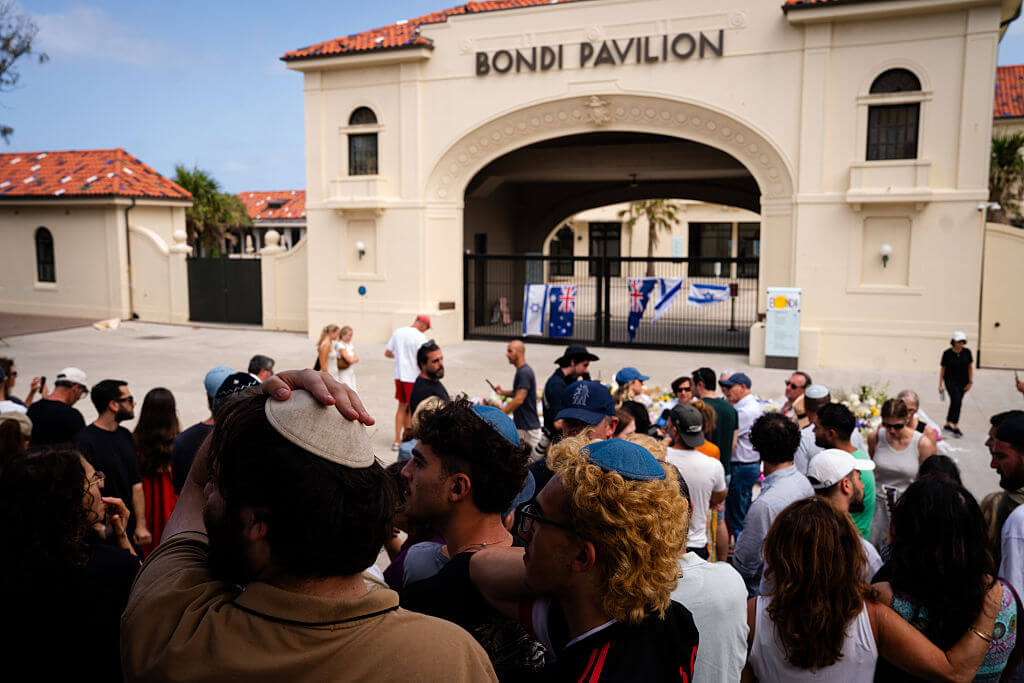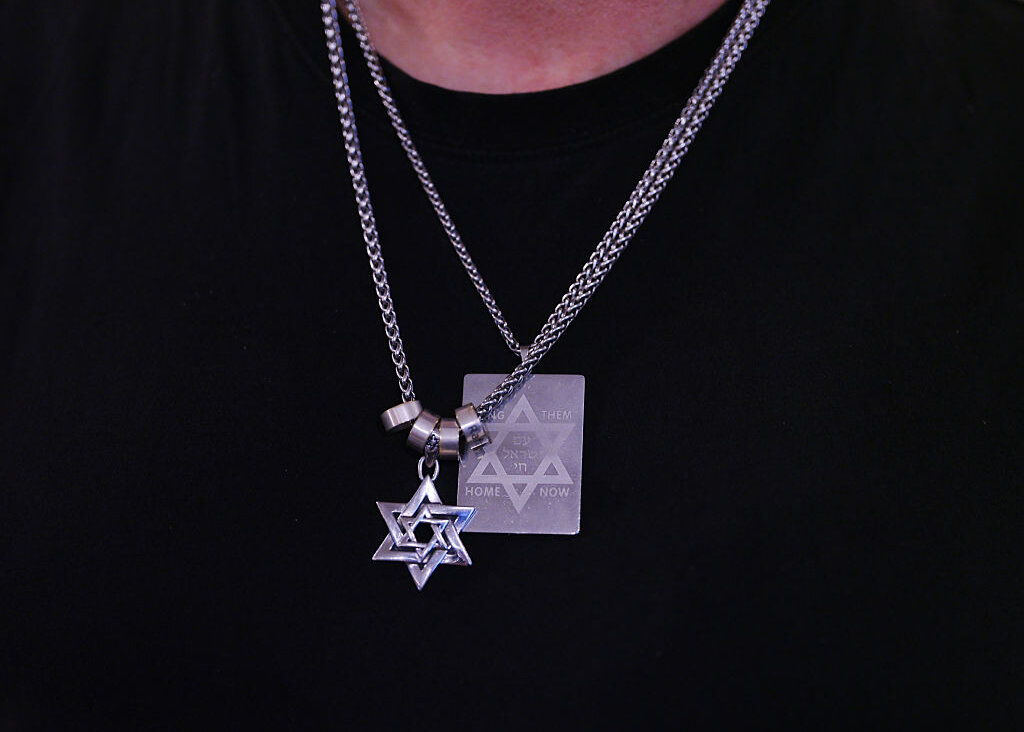Israel announces new offensive to seize ‘broad territories’ of Gaza Strip
The offensive comes as Israel faces criticism after the United Nations said bodies of aid workers were found in a “mass grave”

Palestinians walk along destroyed houses at the Shaboura area in the center of Rafah, days into the ceasefire agreement between Israel and Hamas, Jan 24, 2025.(Abed Rahim Khatib/dpa via Getty Images)
(JTA) — Israel launched an offensive late Tuesday to seize “broad areas” of the Gaza Strip, signaling a prolonged military presence there.
The announcement by Defense Minister Israel Katz came as international outrage is mounting over the war. This week, United Nations officials said they discovered a “mass grave” with the bodies of 15 aid workers killed by Israel. Israel said the deaths occurred in a strike on terrorists using emergency vehicles.
The operation in southern Gaza began about two weeks after Israel ended a ceasefire with Hamas and resumed its war to defeat the terror group. Katz said it is meant to “crush and cleanse the area of terrorists and terror infrastructure, and to seize broad territories that will be added to Israel’s security zones in order to protect our combat forces and towns.”
Katz also said that the offensive is “first and foremost” meant to free all of the 59 hostages who remain in Gaza. The IDF’s chief of staff, Eyal Zamir, told troops on Wednesday, “The only thing that can stop us from advancing is the release of our hostages.”
In a statement Wednesday, Prime Minister Benjamin Netanyahu said troops were taking a new area called the Morag Corridor, adding it to the Philadelphi Corridor that Israel has held for nearly a year.
“We are now dividing the strip and increasing the pressure step by step, so that they will give us our hostages,” he said in a statement. “And as long as they do not give them to us, the pressure will increase until they do.”
Polls show that a majority of Israelis want the war to end with a deal to release the 59 hostages still held by Hamas in Gaza, 24 of whom are thought to be alive. The recent ceasefire, which lasted two months, saw dozens freed in exchange for a larger number of Palestinian security prisoners.
The Hostages and Missing Families Forum, which represents many of the hostages’ relatives, condemned the new offensive.
“Was a decision made to sacrifice the hostages for ‘seizing territory?’” the group said in a statement. “Instead of releasing the hostages in an agreement and ending the war, the Israeli government is sending more soldiers to Gaza, to fight in the same places they’ve fought time and again.”
For some on the right, the announcement of the new offensive may offer a suggestion that Israel intends to conquer and hold additional land in Gaza for potential non-military purposes. Since the beginning of the war with Hamas’ Oct. 7, 2023, attack, the Israeli far right has called on Israel to occupy the territory and reestablish settlements that were evacuated two decades ago. The Israeli government has repeatedly ruled out resettling the enclave.
International officials are also Israel’s military renewed campaign. Volker Türk, the U.N. human rights chief, said in a statement that Israel had attacked aid workers. U.N. officials described a “mass grave” that contained the remains of 15 aid workers from the Palestine Red Crescent Society, the United Nations and Palestinian civil defense, a Gaza governmental body. One more aid worker’s body is still missing.
“I condemn the attack by the Israeli army on a medical and emergency convoy on 23 March resulting in the killing of 15 medical personnel and humanitarian workers in Gaza,” Türk said. “The subsequent discovery of their bodies eight days later in Rafah, buried near their clearly marked destroyed vehicles, is deeply disturbing.”
The United Nations says hundreds of aid workers have been killed in the war. In one incident last year that drew broad attention, Israel apologized for what it said was an unintentional strike that killed seven workers for World Central Kitchen.
Israel is contesting this week’s allegations, saying that the vehicles had advanced “suspiciously” toward IDF troops without prior coordination and that Hamas operatives were among the bodies recovered.
“It’s truly not surprising that terrorists are once again exploiting medical facilities and equipment for their activities,” said IDF spokesperson Nadav Shoshani on X. “When terrorists act in an active combat zone, we will do whatever it takes to protect our civilians and troops.”
Asked about whether the U.S. Department of State would investigate, a spokesperson said at a press briefing on Monday, “The use of civilians or civilian objects to shield or impede military operations is itself a violation of international humanitarian law, and of course we expect all parties on the ground to comply with international humanitarian law.”
On Wednesday, fighting was ongoing. Evacuation orders had already been issued by the time of Katz’s announcement, and Palestinian radio reported that the area around Rafah, in southern Gaza, had almost emptied, according to Reuters.
